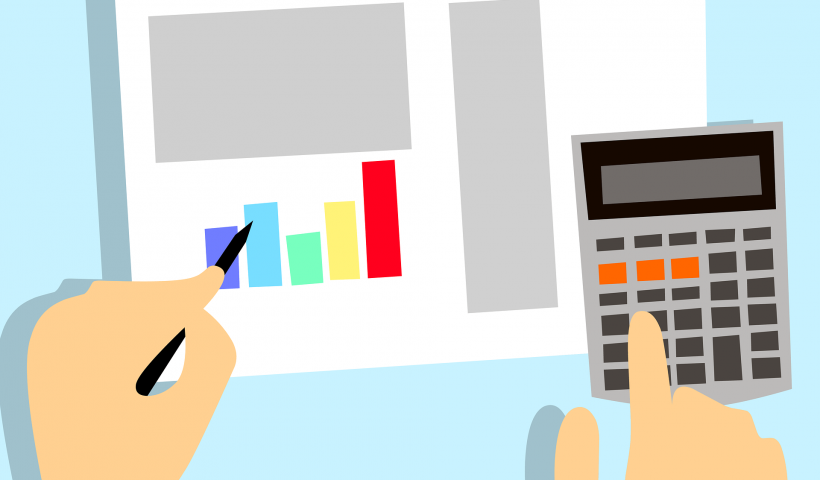Business Records for Making Tax Digital for VAT

Starting April 2022, all businesses with a taxable turnover above £90,000 (£85,000 previously) are required to submit their VAT returns under the Making Tax Digital (MTD) service. This also means changes to how certain business records for Making Tax Digital are stored. As a result of this, your bookkeeping practices may need to change.
What is Making Tax Digital for VAT?
MTD will transform your accounting processes and require you to store digital records of information. HMRC’s initiative is about more than just introducing new rules. It’s about digitally transforming the tax process and reducing the mistakes caused by manual processes (such as incorrect keying in of data).
Under the new rules, all businesses must use a compatible software package to prepare their VAT returns.
The software must be able to:
- Keep and maintain digital business records in line with the Making Tax Digital regulations
- Prepare VAT returns using the digital records
- Connect with the HMRC through a digital link
What is a Digital Record?
In the context of MTD, a digital record is a ‘digital version’ of paper records. The information can be seamlessly transferred between software programmes, products, and applications.
Businesses that fall under the scope of Making Tax Digital for VAT need to make digital records for each invoice (supply), the time and date, the net value, and the VAT rate used to calculate VAT.
MTD isn’t entirely paper-free. In fact, some records are still kept in hard copy, such as import VAT certificates (C79). The only difference with MTD is that you will need to transfer the VAT accounting information to your accounting software before submitting the VAT return.
How to Store Digital Records
The HMRC have confirmed that businesses can use spreadsheets to maintain records. A VAT-filer software should be able to retrieve the data from the spreadsheet to complete your VAT return. This is the digital link.
As mentioned earlier, your accounting software of choice must be MTD for VAT-ready. Most cloud accounting software will be updated for MTD for VAT, but you should check in with the provider just in case.
If you are using outdated software (or no software at all), you will need to make suitable upgrades to be ready for the first full VAT period. Our bookkeepers from Oxford can help you with the transition. Just book a free session with us to discuss how this would work. It all may sound overwhelming but with help of qualified and experienced bookkeepers, the process won’t be as scary as it seems.
Which Business Records Have to be Kept Digitally?
As part of the new rules, business records for Making Tax Digital include:
- Your business name, address, and VAT registration number
- Details of VAT accounting schemes that you use
- The VAT on goods and services you provide (and receive)
- Adjustments made to your returns
- The source of VAT transactions (UK, Europe, Rest of the World)
- Time of supply and value of supply for all goods and services you buy or sell
- VAT rates that have been charged on goods and services you supply
- Reverse charge transactions
Note: The new rules don’t mean you can’t store business records in paper copies anymore and that all have to be scanned or photographed. You can still manually type information from the paper invoices into your accounting software. However, these numbers have to be then digitally linked together and transferred to HMRC. You can’t simply type your totals into a VAT return anymore. This poses a big risk for mistakes and fraud.
The Why and How of Storing Digital Business Records
As mentioned before storing business redords digitally for Making Tax Digital prevents or minimises mistakes and cases of fraud. Not complying with the new rules will also mean penalties for late tax payments and submission.
This is why you must carefully plan a path to get things ready from day one and ensure a smooth, penalty-free bookkeeping process.
Here’s how it works. You should register a new account on compatible accounting software and connect it to your HMRC VAT Account. This will grant the software permission to update HMRC with your VAT information. More about how to prepare for the transition can be found in our checklist for getting ready for MTD.
Need further help or advice about business records for Making Tax Digital or its other aspects and how you can make your business ready before the deadline? Book an appointment with our bookkeeping specialists.

Your Accountant in Oxford
Oxford Office
Joanna Bookkeeping
The Wheelhouse Angel Court
First Floor, Angel Court
81 St Clements St
Oxford
OX4 1AW
Connect
joanna@joannabookkeeping.co.uk
01865 591952





